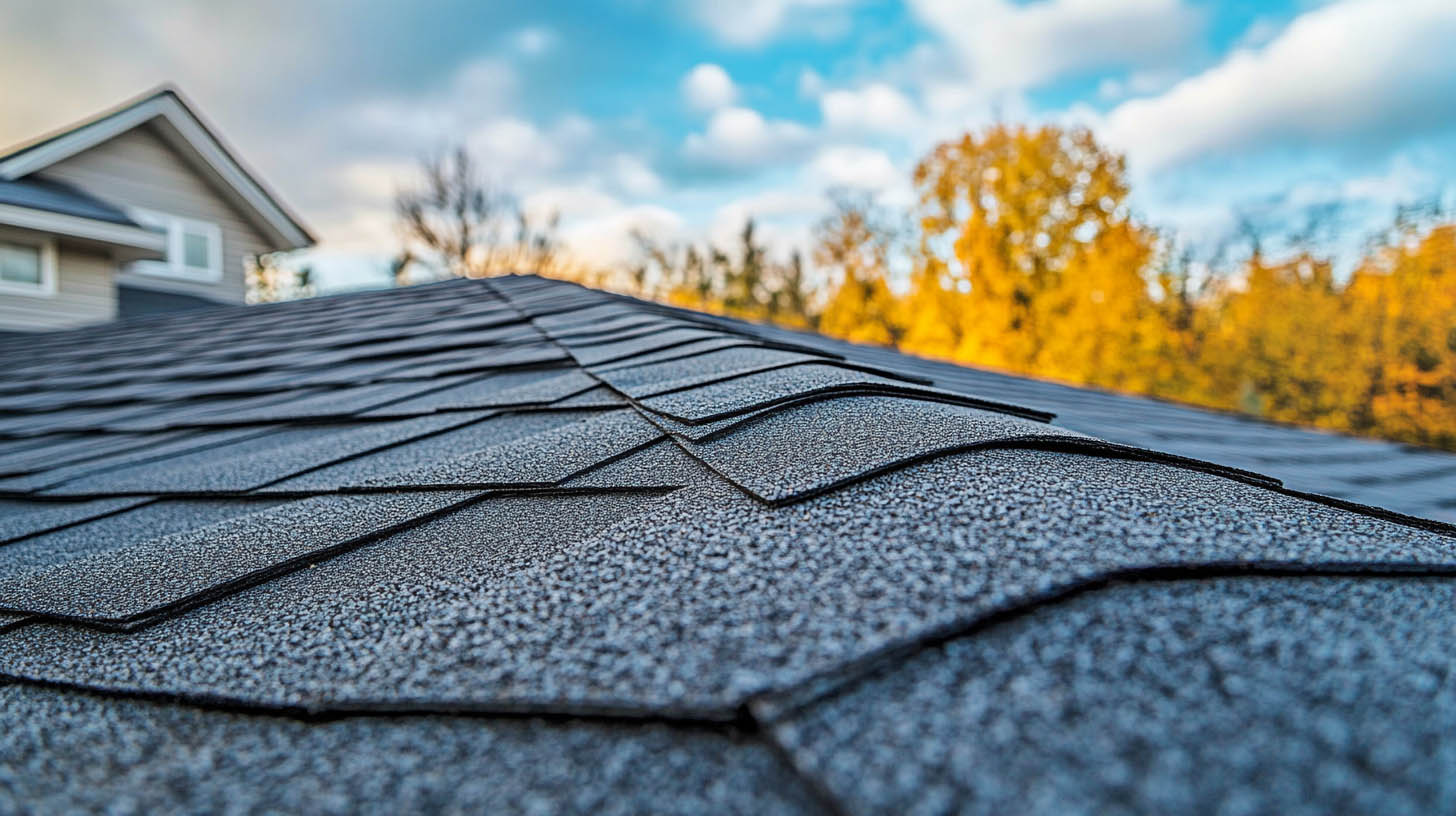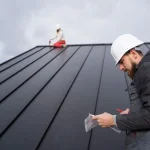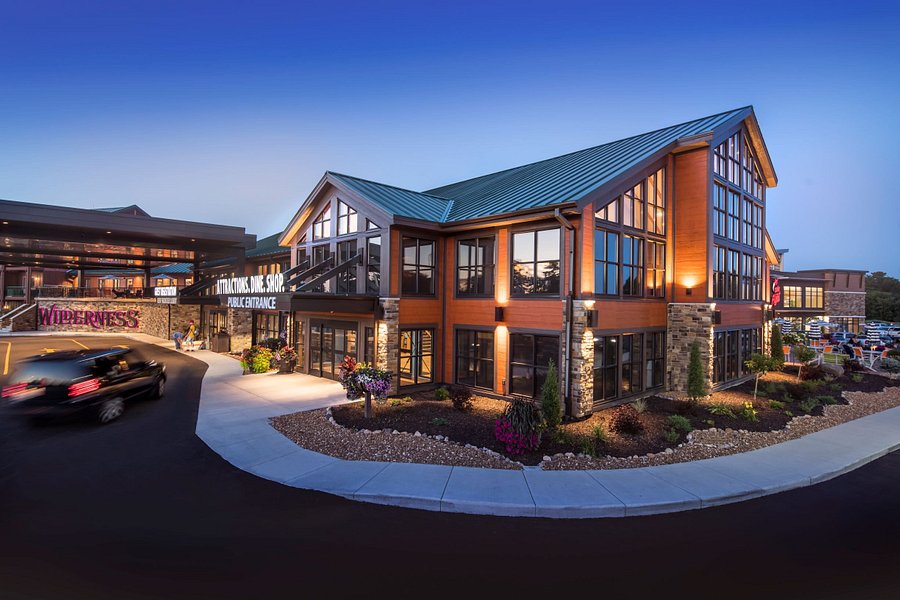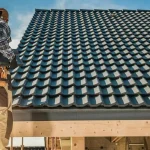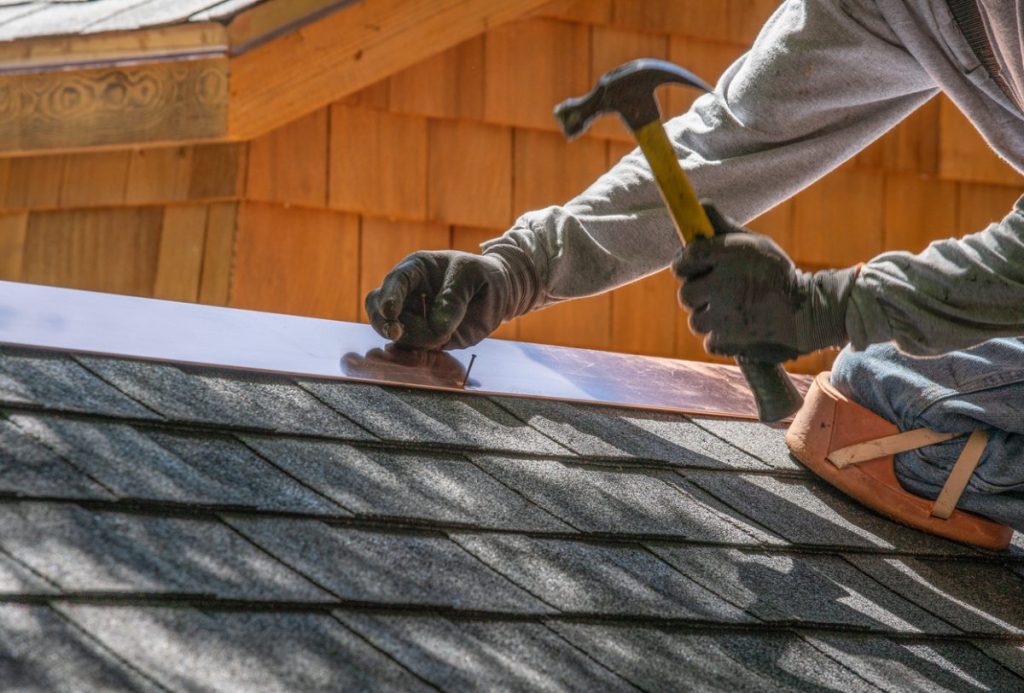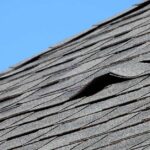A new roof is a major investment—and like any big purchase, homeowners naturally want to know how long it will last. The answer depends on several factors, including the type of roofing material, climate conditions, and how well the roof is maintained over time. In this article, we’ll explore what determines the lifespan of a roof and how to maximize it.
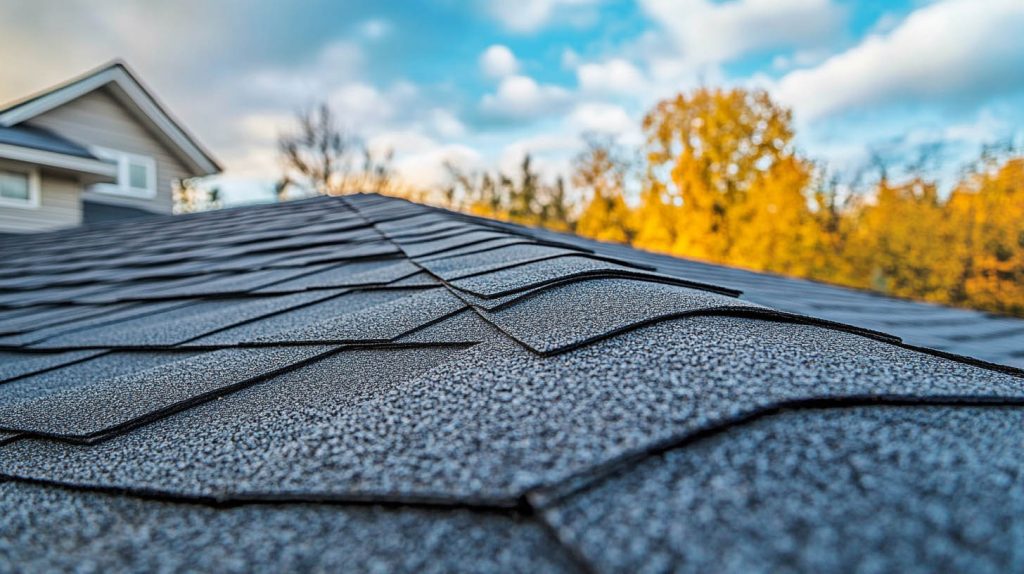
Content
Typical Lifespans by Roofing Material
Different materials have different life expectancies. Here’s a general guideline:
- Asphalt Shingles: 15–30 years (most common for residential homes)
- Architectural Shingles: 25–35 years (higher-grade asphalt)
- Metal Roofing: 40–70 years
- Clay or Concrete Tiles: 50–100 years
- Slate Roofing: 75–200 years (extremely durable but expensive)
- Wood Shakes/Shingles: 20–40 years (dependent on climate and maintenance)
- Rubber or Flat Roofing: 20–40 years (ideal for low-slope applications)
These estimates assume proper installation and routine maintenance.
Key Factors That Impact Roof Lifespan
Even if you choose a long-lasting material, several other variables can influence how long your roof will hold up:
1. Quality of Installation
Poor installation is one of the leading causes of premature roof failure. Hiring experienced, certified professionals for your roof replacement ensures that the materials perform as intended.
2. Climate and Weather Conditions
Extreme heat, heavy snowfall, hail, and strong winds can shorten a roof’s lifespan. Homes in storm-prone areas may need more frequent inspections and occasional repairs to extend their roof’s longevity.
3. Ventilation and Insulation
Proper attic ventilation and insulation prevent heat and moisture buildup, which can lead to mold, ice dams, and shingle deterioration. A well-ventilated roof lasts longer—especially in regions with dramatic seasonal temperature swings.
4. Maintenance and Repairs
Neglecting small issues like missing shingles or clogged gutters can lead to bigger problems such as water damage and structural decay. Annual roof inspections and prompt repairs can significantly increase the life of your roof.
5. Roof Slope and Drainage
Low-slope or flat roofs often have drainage challenges, increasing the risk of water pooling. These roofs require specialized materials and more frequent attention to maintain performance over time.
Signs It Might Be Time for a Replacement
If your roof is reaching the end of its expected lifespan or showing signs of wear—like curled shingles, leaks, or sagging—it may be time to consider a professional roof replacement. A timely upgrade can protect your home from costly future damage and improve energy efficiency.
Final Thoughts
There’s no one-size-fits-all answer to how long a new roof will last, but understanding the factors that affect its durability can help you make informed decisions. With quality materials, professional installation, and regular upkeep, your roof can serve you well for decades.
If you’re unsure about your current roof’s condition or are considering an upgrade, a trusted roofing specialist can help you assess your options and provide peace of mind.

Christine Kelley is a dedicated home blogger who has been blogging for over six years. She covers everything home related. Christine also loves writing posts about her travels to Europe with her husband and two children.

